views
Image source: unsplash.com
Web 3 is the next generation of the internet, and it's changing the world as we know it now. One of the most intriguing aspects of Web 3 is its potential to revolutionize the way we learn. Education is a fundamental part of a healthy society. By leveraging Web 3’s capabilities, we can create new ways to make education more efficient, effective, and equitable.
What Is Web 3?
Before we move on to the applications of Web 3, let's first explore this emerging technology. Web 3 is a new type of internet that provides users with more control and security over their data than traditional web applications.
Unlike Web 1 and Web 2, Web 3 allows you to store and access data directly on the blockchain. The blockchain is a decentralized network of computers that confirm and store transactions. All the data stored on the blockchain is secure, immutable, and transparent.
With Web 3, users can ensure that their data is more secure and transparent than with traditional web services. This gives users autonomy over their data and makes it more difficult for malicious actors to access it.
The most common use cases for Web 3 are in areas such as finance, health care, and gaming. Soon, we'll see Web 3 influence the education sector as more colleges and universities adopt the technology.
Applications of Web 3 in Education
Now that we understand what Web 3 is, let's discuss how it can be used in the education system. Web 3 has the potential to revolutionize the way students learn and educators teach. Here are some potential applications of Web 3:
1. Digital Learning Platforms
One of the most exciting applications of Web 3 is the development of digital learning platforms. These platforms are designed to provide students with more interactive, engaging, and personalized learning experiences than traditional classroom-based models.
For instance, students can use digital learning platforms to access content from different sources and interact with their peers in real time. This can help students develop critical thinking skills as they engage in collaborative learning activities.
2. Virtual Classrooms
Another potential application of Web 3 is the development of virtual classrooms. These platforms allow educators to teach classes online without needing physical space or equipment. This can be especially beneficial for students who cannot attend traditional classes due to physical or financial constraints.
Because of the pandemic, online classes are becoming more common. More parents are seeing the benefits of attending online classes and considering them a viable option for their children. With Web 3, virtual classrooms can become even more engaging and interactive.
Web 3 allows students and teachers to interact in real time and access educational content worldwide. For instance, educators can use augmented reality to bring lectures and demonstrations to life. This can help make learning more engaging and immersive for students.
3. Open-Source Education
Web 3 also has the potential to revolutionize the concept of open-source education. With open-source education, students have access to educational resources that are free and available to anyone with an internet connection.
Open-source education can be especially beneficial for students in developing countries who may not have access to traditional educational resources. With Web 3, students can access educational content from the comfort of their homes, regardless of their location or socio-economic status.
Soon, Web 3 will also have new developments that will further revolutionize the concept of open-source education. For example, students can securely store and access educational content using blockchain-based applications. This will help ensure that the content is not manipulated or tampered with.
4. Personalized Lessons
In recent years, many educational institutions have realized the importance of personalizing learning experiences. Students don't have the same learning styles, and they need to be able to access content that is tailored to their needs.
With Web 3, educational institutions can create personalized learning experiences for every student. For instance, they can use AI-enabled platforms to track students' progress and provide them with content tailored to their learning styles. This can help ensure that every student has access to the resources they need to succeed.
Web 3 can help educational institutions develop adaptive learning algorithms. These algorithms can track a student's progress and adjust the content they are presented with accordingly. So if a student is struggling with a concept, the algorithm can provide them with additional resources or activities that focus on that concept. This can help ensure that all students can access the material they need to understand the topic.
The Bottom Line
Overall, Web 3 offers a great opportunity to revolutionize the future of education. With its potential to create interactive and personalized learning experiences, Web 3 can help ensure every student has access to the resources they need to succeed. This is beneficial for students worldwide as they can access educational content from the comfort of their homes.











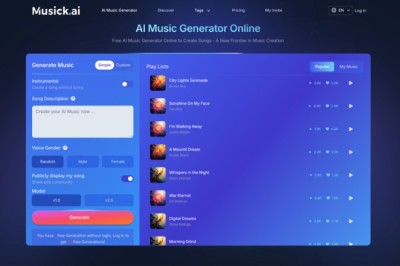

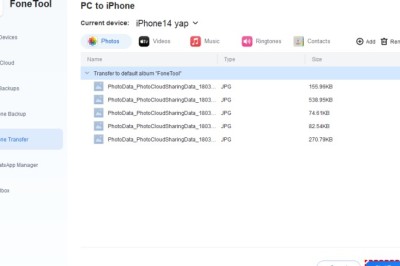


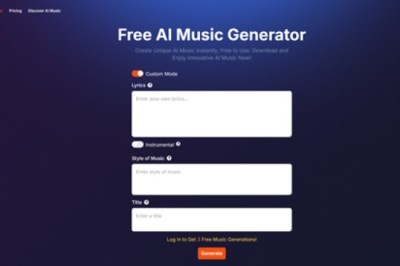

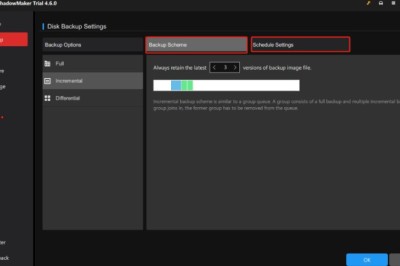
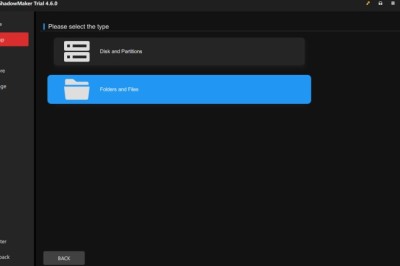
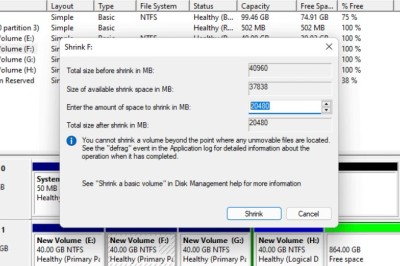
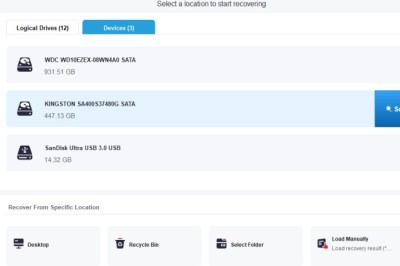

Comments
0 comment